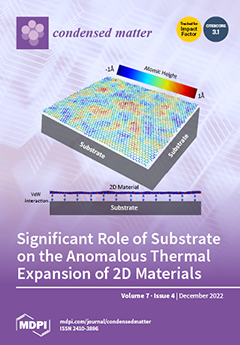Since the report by Fietz and Webb (
Phys. Rev.1968, 178, 657–667), who considered the pinning force density,
(where
Jc is the critical current density and
B is applied magnetic flux density), in isotropic superconductors as a unique function of reduced magnetic field,
(where
is the upper critical field),
has been scaled based on the
ratio, for which there is a widely used Kramer–Dew–Hughes scaling law of
, where
,
,
p, and
q are free-fitting parameters. To describe
in high-temperature superconductors, the Kramer–Dew–Hughes scaling law has been modified by (a) an assumption of the angular dependence of all parameters and (b) by the replacement of the upper critical field,
Bc2, by the irreversibility field,
Birr. Here, we note that
is also a function of critical current density, and thus, the
scaling law should exist. In an attempt to reveal this law, we considered the full
function and reported that there are three distinctive characteristic ranges of
(where
is the self-field critical current density) on which
can be splatted. Several new scaling laws for
were proposed and applied to MgB
2, NdFeAs(O,F), REBCO, (La,Y)H
10, and YH
6. The proposed scaling laws describe the in-field performance of superconductors at low and moderate magnetic fields, and thus, the primary niche for these laws is superconducting wires and tapes for cables, fault current limiters, and transformers.
Full article





